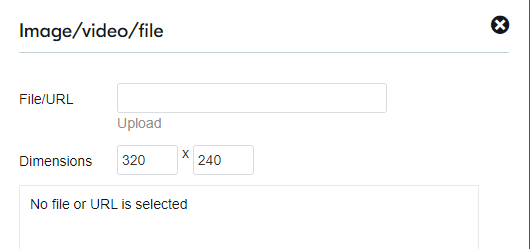Hi,
we have product which is close to the asset tracker v2 on the v2.4 which works fine. Now to upgrade to v2.5 we made the changes from agps to agnss. Everything works fine, but the unit is seeing nearly no satellites. With all logging on I can see that the A-GNSS data is moved into the modem/gps receiver. Return code is ok.
A-GPS data we get via MQTT, but we split almanac and ephemeris.
Looks like flashing v2.4 firmware, getting a GPS fix and the flashing the v2.5 firmware without powercycle so it looks like we still see some satellites and get a fix. After a powercycle we don't see satellites. So, I guess there is a problem with the A-GPS data, which is still cached after a reset, but not after a power cycle.
Are there other differences that are made here between 2.4 and 2.5? Any ideas how can I debug from here?



